Apollonian and Dionysian Artistic Impulses in The Lego Movie
In The Birth of Tragedy, German philosopher Friedrich Nietzsche discusses two artistic impulses: the Apollonian (named for Apollo, the god of the sun) and the Dionysian (named for Dionysus, the god of wine and revelry). The Apollonian impulse is one toward rational order, stasis, and restraint. The Dionysian impulse, conversely, is one toward instinctual drive, movement, and the dissolution of boundaries. For Nietzsche, the impulses have their origins in natural states: dreams for the Apollonian, and intoxication for the Dionysian. Nietzsche’s purpose in applying the impulses to artistic creation is to demonstrate how they came together (despite their natural tendency to oppose each other) to create what he considered the greatest art form: the Attic tragedy of Ancient Greece, represented by the plays of Aeschylus and Sophocles. In these plays, the abstract Dionysian music of the chorus is balanced by the structured Apollonian dialogue of the dramatis personæ.
Though Nietzsche would later abandon this dichotomy between the Apollonian and the Dionysian in his own writings, it persists in discussions regarding philosophies of art. Interestingly enough, The Lego Movie (written and directed by Phil Lord and Chris Miller) is a clever and entertaining illustration of these dueling artistic impulses in practice. Through the film’s primary conflict, we can see not only what happens when the two impulses work in opposition to each other, but we can also see what happens when they work together.
In The Lego Movie, the Apollonian art impulse is embodied in Lord Business (Will Ferrell). His vision for the Lego world is one of strict order and formed boundaries. Indeed, he wants no intermingling between the disparate realms. For example, the pirate Legos should never intermingle with the space Legos, and so on. Furthermore, Lord Business demands that all Lego people follow strict instructions on how to live and build. He even demands that anything “weird” be reported or destroyed.
According to Nietzsche, the Apollonian art impulse is that of a sculptor, and to be sure, Lord Business’s nefarious plot is to freeze all of the Lego pieces in place using the “Kragle” (which is actually a tube of Krazy Glue). Thus, Business’s plan for the Lego universe is for it to exist in stasis, just as the instructions demand.

When we first meet the film’s protagonist, Emmett (Chris Pratt), he is all too happy to follow Business’s model for life in Bricksburg (an Apollonian Utopia of order and symmetry). He even has instructions for his morning routine (which include instructions on breathing). He certainly has no desire to think outside the box, to go beyond the strict Apollonian boundaries set by Lord Business.
This changes when he meets Wyldstyle (Elizabeth Banks), a young woman seeking the “piece of resistance” to stop the Kragle. All of a sudden, Emmett is introduced to a new mode of creation, one not based on reason and instructions but on instinct and imagination. Wyldstyle, in the way she can assemble random pieces into useful tools or vehicles on the fly, introduces Emmett to the Dionysian artistic impulse. (Her very name is even Dionysian.) Completely forgoing the Apollonian emphasis on boundaries, Wyldstyle takes Emmett beyond Bricksburg to other Lego realms, including one based on the Wild West and one that is the apotheosis of the Dionysian spirit: Cloud Cuckoo Land. This, to borrow a phrase from another film, is a land of “pure imagination.” Emmett is told that there are no rules and restrictions in Cloud Cuckoo Land. Anything goes. Indeed, this is where he meets Princess Unikitty (Alison Brie), an unlikely cat-unicorn hybrid.
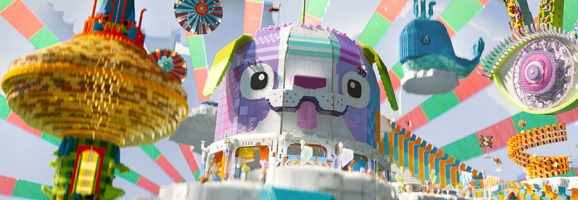
In Cloud Cuckoo Land, Emmett also meets the Master Builders, who have formed a resistance against Lord Business. However, Emmett sees that they are too disorganized to accomplish much of anything. They are reluctant to follow Emmett’s example (they see him as completely uncreative, one who is too reliant on order and instructions), but he eventually teaches them that some instruction can be useful. He helps them organize a plan to infiltrate Lord Business’s tower. He balances their Dionysian spirit with some Apollonian reason and forethought. Similarly, during an earlier escape, Emmett is urged to create something to keep his group’s vehicle from imminent disaster. He struggles at first, not having instructions handy, but the wise Vitruvius (Morgan Freeman) tells him to trust his instincts. He does so, quickly attaching a wheel to his head and saving his team. In this example, Emmett’s overwhelmingly Apollonian spirit is enlivened with a breath of the Dionysian.
The Dionysian spirit, according to Nietzsche, is best understood through music, movement, and change. This is why the Master Builders, Dionysian spirits all, have come together to stop the Kragle, which will freeze them in place. However, it is toward the end of the film that we truly understand how the Dionysian spirit relates to Legos (plastic toys that at first glance are an Apollonian sculptor’s tools). When Emmett falls into a strange abyss, we are taken out of the animated world of the film. We see that the entire story has been happening within the mind of a child who is actively playing with the Legos. Then, we meet his father, played by Will Ferrell (the voice of Lord Business), and we see the struggle between the Apollonian the Dionysian even more clearly. The father chastises his son for playing with the Legos. They are his sculptures, and he wants to preserve them in Krazy Glue, based solely on the instructions. However, he eventually sees the value in his son’s seemingly chaotic and anarchic creations; he begins to see that Legos are not just an Apollonian sculptor’s tools. They are also tools for imaginative, unrestricted Dionysian play. Yes, this is how plastic blocks can be invigorated with the Dionysian spirit—through the act of play. This gives them movement, narrative, and the ability to change.
As the father and son reach a reconciliation, so too do Emmett and Lord Business. The film is not necessarily trying to say that the Apollonian impulse is bad. It is simply trying to show that neither impulse should be favored at the expense of the other. Both the Apollonian and Dionysian artistic impulses have value. And perhaps, as Nietzsche suggests in The Birth of Tragedy, it is when the impulses work together that the best art is formed.
What do you think? Leave a comment.
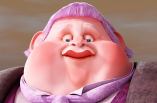
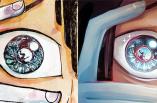
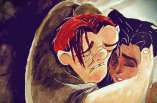


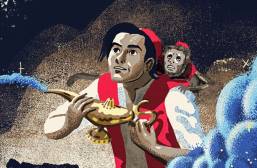
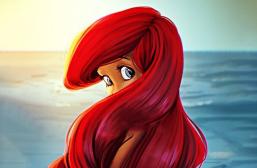
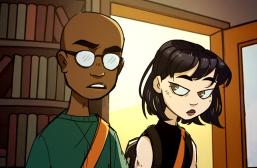

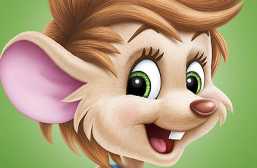
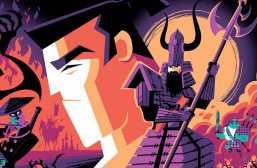
Wow great read. I’ve been thinking a lot about the symbolism of this animation. For instance, Emmet and Benny seem to be the only ones who got black dots for eyes while the rest of the characters have white pupils. I’m wondering, is there any reason behind it, or just some choice of art style?
Interesting observation about the eyes. I hadn’t even noticed. I really don’t know why the filmmakers would seek to distinguish those characters in that way. Even if it’s just a stylistic choice, it’s certainly an odd one!
I think it was stylistically to show that Benny and Emmett are classic Lego figures with the simple face. Emmett was supposed to be just an average Lego person, nothing special about him. Only the new Lego figures in the last few years have dual faces with eyelashes, facial expressions, etc.
Benny had them because he was one of the original minifigures and that’s how they were made. For Emmett, though, I think he has blank eyes to show how anyone, no matter how average, can be a Master Builder. It kind of reinforces the movie’s theme.
I already mentioned this, but I really like this article. The Birth of Tragedy (while sort of a weird book) is super interesting, especially in regard to Wagner’s work. If you’re up for more, I’d suggest reading The Perfect Wagnerite by Shaw (I think), which will resonate with the Birth of Tragedy.
Thank you so much! I never knew that Shaw wrote on Wagner. I’m intrigued by this. The Birth of Tragedy is definitely a weird book, especially in the context of Nietzsche’s later works. But it’s endlessly fascinating, and its ideas about art continue to be relevant.
Best “kids / family film” I have seen since The Incredibles.
Great idea and article! I was thinking throughout the movie how it seemed to be geared towards artists, and this is an even deeper way of thinking about that theme.
Thanks! I agree that the film is probably most resonant with artists.
I saw it and its an amazing funny animation but i think there was too much human talking at the end. I know there is a deeper meaning and all but i would have preferred when Emmet fell inside the warp hole he should have landed on the floor of a Lego museum or a store, then just an old guy places him back onto the table. Or maybe cgi humans instead of real people?
What I find most interesting about this very clever, witty, and entertaining film is how it has spark some very intelligent writing on the web, such as this one. What a success for the filmmakers. Who would have known!
Great article, this movie is full of layers, maybe not all intentional, but layers none the less.
What I really loved about the movie was how all the kids in the audience would laugh uproariously and thirty seconds later all the adults would laugh uproariously at a different joke.
I was completely disappointed in the movie after all the hype. Maybe laughed twice, good movie but not nearly as funny as most animated movies.
This film was so much fun! I haven’t gone to a theatre to see a family movie for years and I am so happy I went for this film.
I didn’t really know anything about this before going in and it was just great. From the opening scene with Emmett doing the jumping jacks, lol all the way to the end. If you like stop motion (or stop motion look, prob lots of computers involved here) then go watch it. There is enough for adults here too, the movie doesn’t talk down to kids which is great.